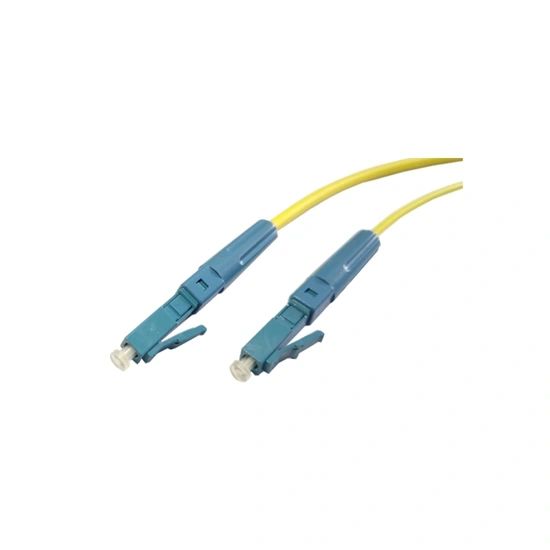Exploring the Main Functions of Fiber Optic Connectors

Fiber optic connectors play a crucial role in the field of telecommunications and data transmission. They are specifically designed to connect and terminate fiber optic cables, ensuring a reliable and efficient transmission of information. These connectors serve several key functions, which are essential for the proper functioning of fiber optic systems.
1. Optical Connection
The primary function of fiber optic connectors is to establish a secure optical connection between two fiber optic cables. These connectors are equipped with precisely aligned ferrules, which hold the fibers in place and allow for the efficient transfer of light signals. The quality and precision of the optical connection are critical factors that determine the overall performance of the fiber optic system.
2. Signal Integrity
Fiber optic connectors are responsible for maintaining the signal integrity during transmission. They ensure that the light signals pass through without any disruptions or losses, minimizing signal degradation. These connectors provide a tight connection between the fibers, preventing any signal distortions caused by external factors such as dust, dirt, or moisture.
3. Ease of Installation and Maintenance
Fiber optic connectors are designed to simplify the installation and maintenance processes. They offer a user-friendly interface that allows technicians and engineers to quickly connect and disconnect the cables when needed. Additionally, fiber optic connectors are designed to be robust and durable, minimizing the need for frequent replacements and repairs.
Understanding the Requirements of Fiber Optic Connectors
To ensure the optimal performance of fiber optic connectors, various requirements must be taken into account during their design and implementation. These requirements contribute to the overall reliability and functionality of the connectors:
1. Low Insertion Loss
Fiber optic connectors should have minimal insertion loss to maintain the signal strength and prevent any significant power reduction during transmission. Low insertion loss ensures efficient and reliable data transfer, avoiding any potential disruptions or data losses.
2. High Return Loss
A high return loss is an essential requirement for fiber optic connectors. It refers to the measurement of the reflected light from the connector towards the source. High return loss indicates efficient signal transmission, as it minimizes the amount of light that reflects back towards the source, reducing signal degradation.
3. Durability and Environmental Resistance
Fiber optic connectors are often deployed in various environments where they may be exposed to dust, moisture, or extreme temperatures. Therefore, these connectors should be designed to withstand such conditions and resist any potential damage caused by external factors. The connectors should be durable and reliable, ensuring a stable and long-lasting connection.
Summary
In summary, fiber optic connectors play a critical role in ensuring a reliable and efficient transmission of data in telecommunications systems. They establish a secure optical connection, maintain signal integrity, and offer ease of installation and maintenance. To meet industry requirements, these connectors must have low insertion loss, high return loss, and be durable enough to withstand different environmental conditions. By understanding the main functions and requirements of fiber optic connectors, it becomes easier to select the right connectors for specific applications and achieve optimal performance in fiber optic systems.



